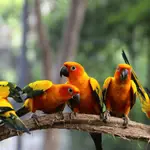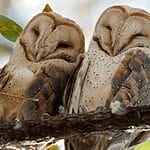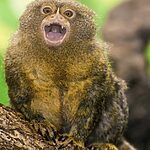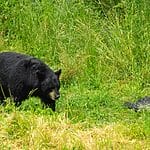When you picture animals, vibrant colors often come to mind, but white animals hold a unique allure that captures our fascination. Have you ever wondered why some animals are completely white and how this affects their survival? From the Arctic’s frozen landscapes to tropical forests, white animals are rare and captivating.
The struggle for camouflage, the rarity of leucism, and the challenges these animals face in their habitats can make it difficult to spot them. Predators may find them more easily, and climate change is increasingly altering their environments.
In this article, we’ll explore 10 remarkable white animals you should know about. You’ll learn about their unique characteristics, the conditions that make them white, and their incredible adaptations for survival.
Rabbit
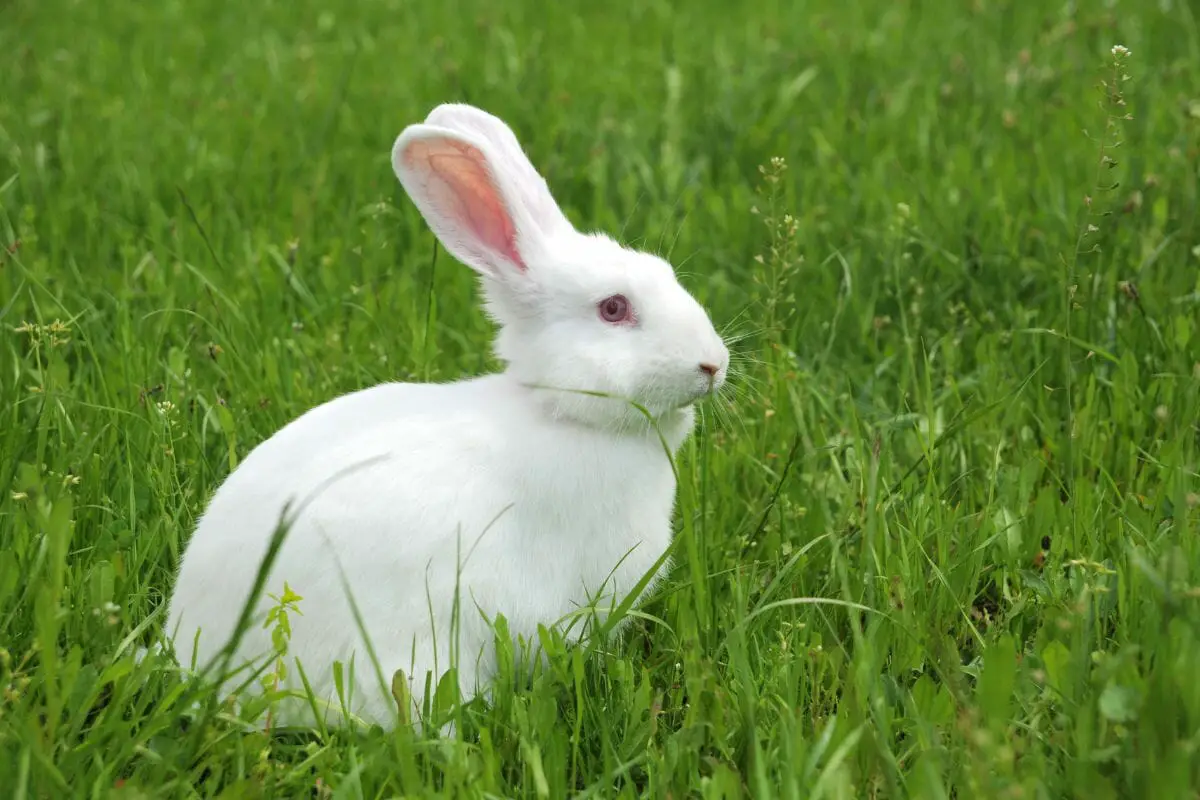
A variety of rabbit species are lighter in color. What is really amazing about rabbits is that they may change from brown or grey hair to fully white hair during wintertime.
Scientists believe that the hue change is caused by photoperiod or a lack of sunlight in cooler temperatures.
Certainly, the white color makes it easier for them to blend in with their surroundings, making it more difficult for eagles and any other predator to notice them in the snow.
Rabbits, with their instinct to groom themselves meticulously and consume only plant-based foods, align with the cleanest white animal.
See the differences between rabbits and kangaroos.
Ptarmigan
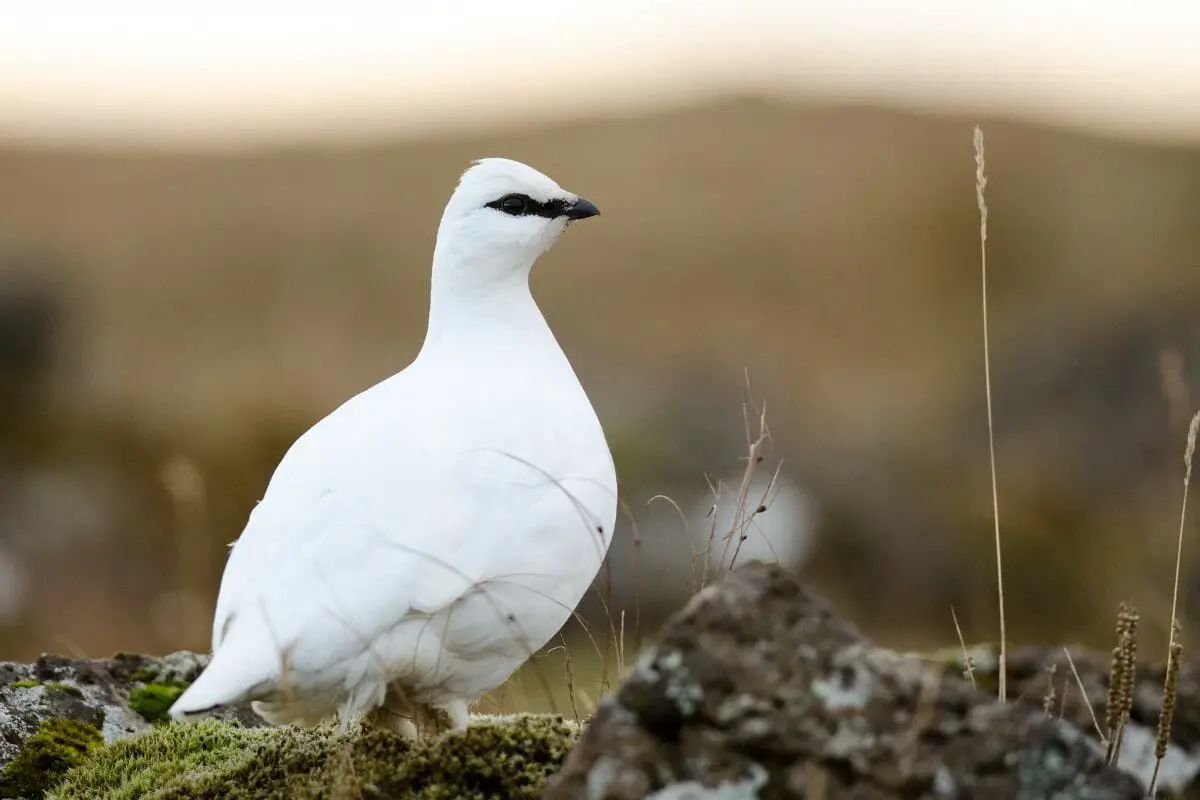
When searching for wildlife during wintertime, ptarmigans might be difficult to spot since they have a brilliant white hue that blends in with the snow surrounding them.
Because ptarmigans are linked to chickens and pheasants, you can guess what they would resemble.
Ptarmigans might hold on to some of the dark, black feathers on their tail, but besides that, they are pure white and even look brighter than other animals.
That happens because ptarmigans “store” air bubbles in their wintertime feathers for warmth.
Polar Bear
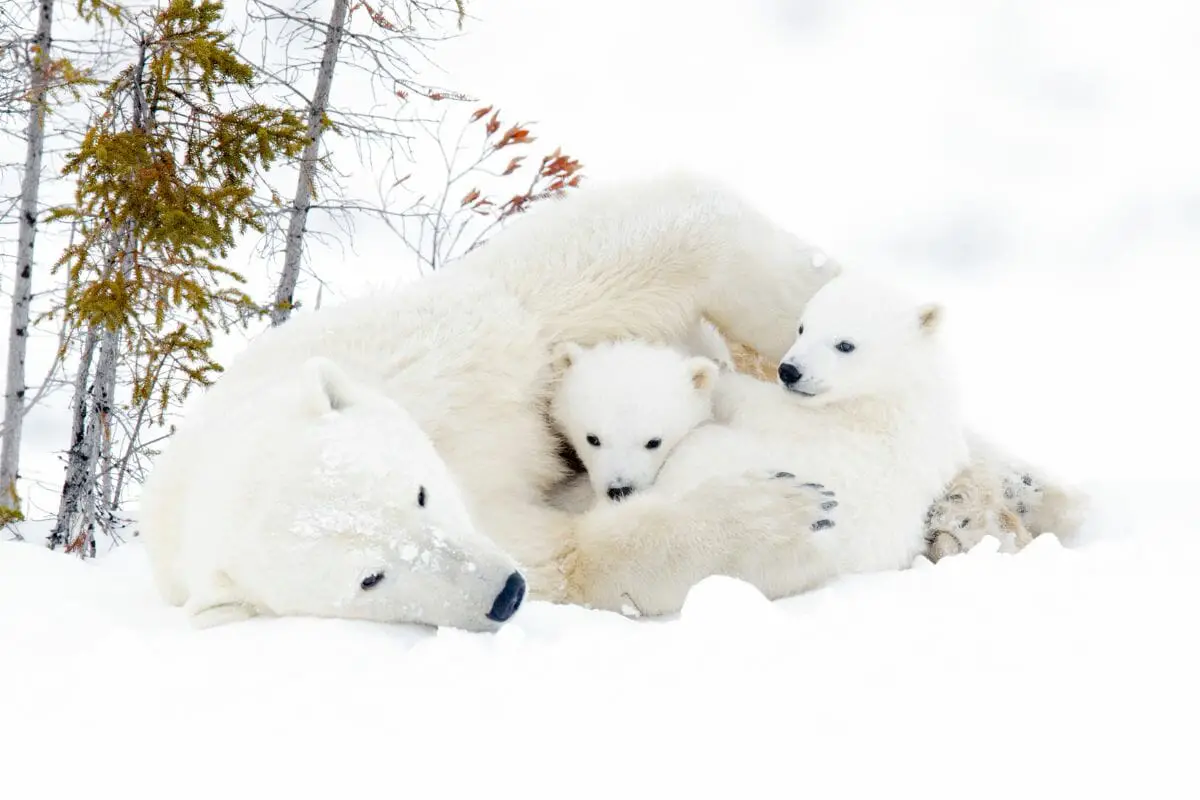
As they dwell in freezing environments with nothing other than snow and ice that seem endless, these deadly creatures are covered with white fur.
Because of their white appearance, their victims sometimes mistake polar bears for piles of snow.
Surprisingly, the polar bears’ coats lack white pigmentation; on the contrary, their skin is black and their hair hollow.
Moreover, they have stored lots of body fat that keeps them warm and alive in the Arctic regions they reside.
Siberian Hamster
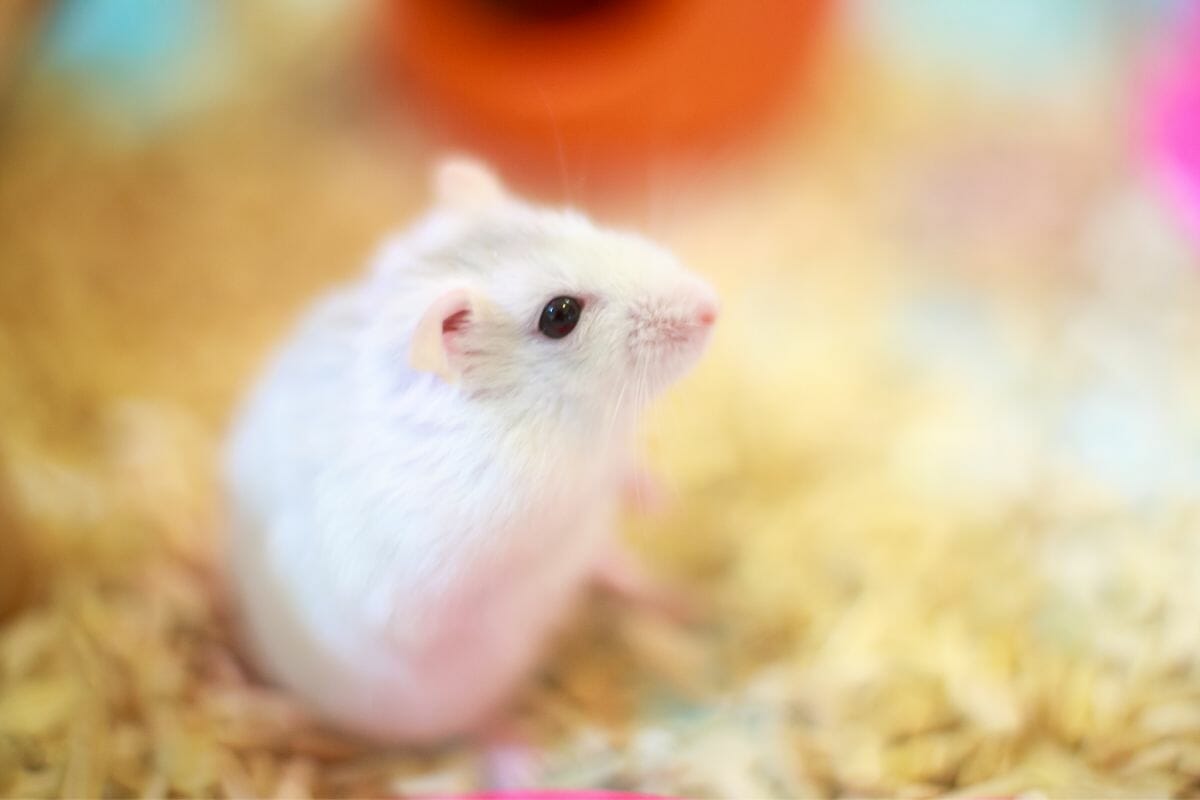
Many hamster types have a combination of white and other colors such as brown and grey.
However, the Siberian Hamster has beautiful pure white fur that stays the same. The color might change in extreme temperatures, but this rarely happens.
Moreover, being exposed to the sunlight has little effect on the whiteness of their coats, so these hamsters stay true to their “Siberian” character.
Sheep
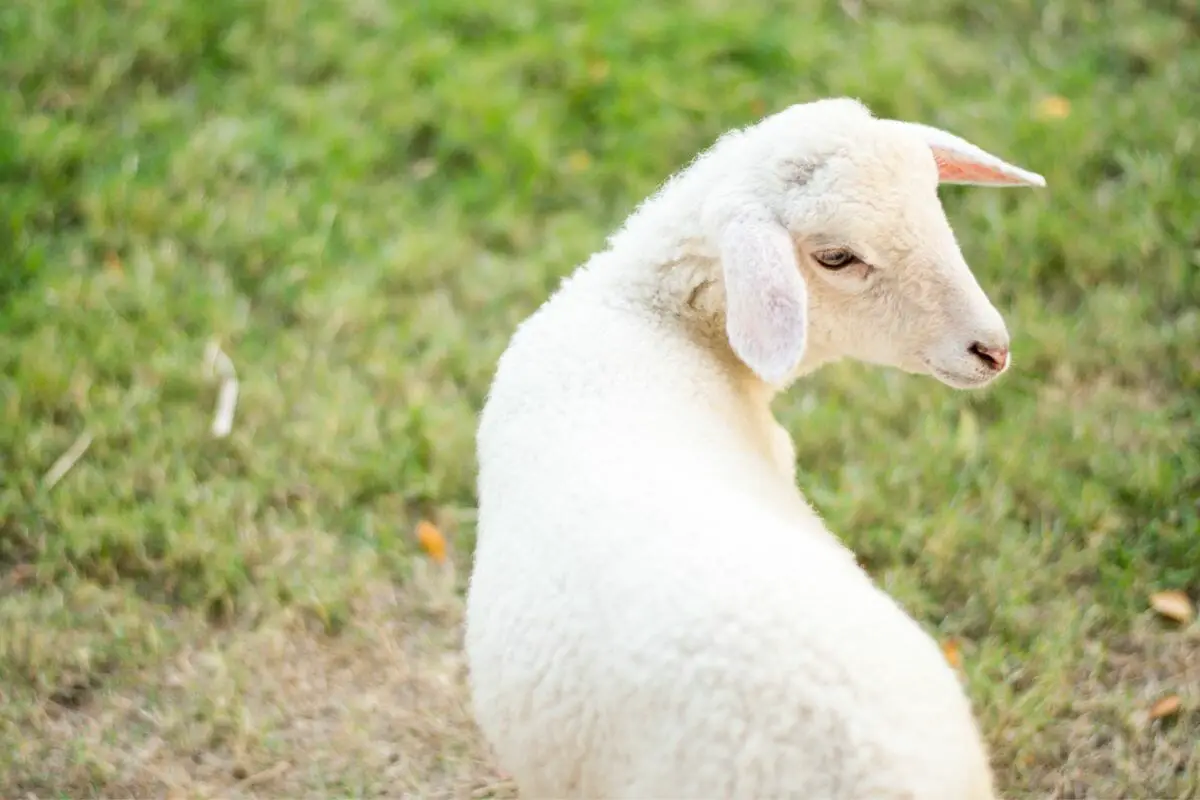
Sheep have white coats, and they provide the amazing wool that warms us up when it is freezing outside.
These cute animals love spending time outside getting dirty, which is why their coats can look grey rather than white at times.
Yet, if washed up, their thick white coats can be distinguished from afar and are what makes them visible in the vast green valleys.
In addition to that, and considering how warm they keep us, their coats are also keeping them warm during winter.
White Tiger
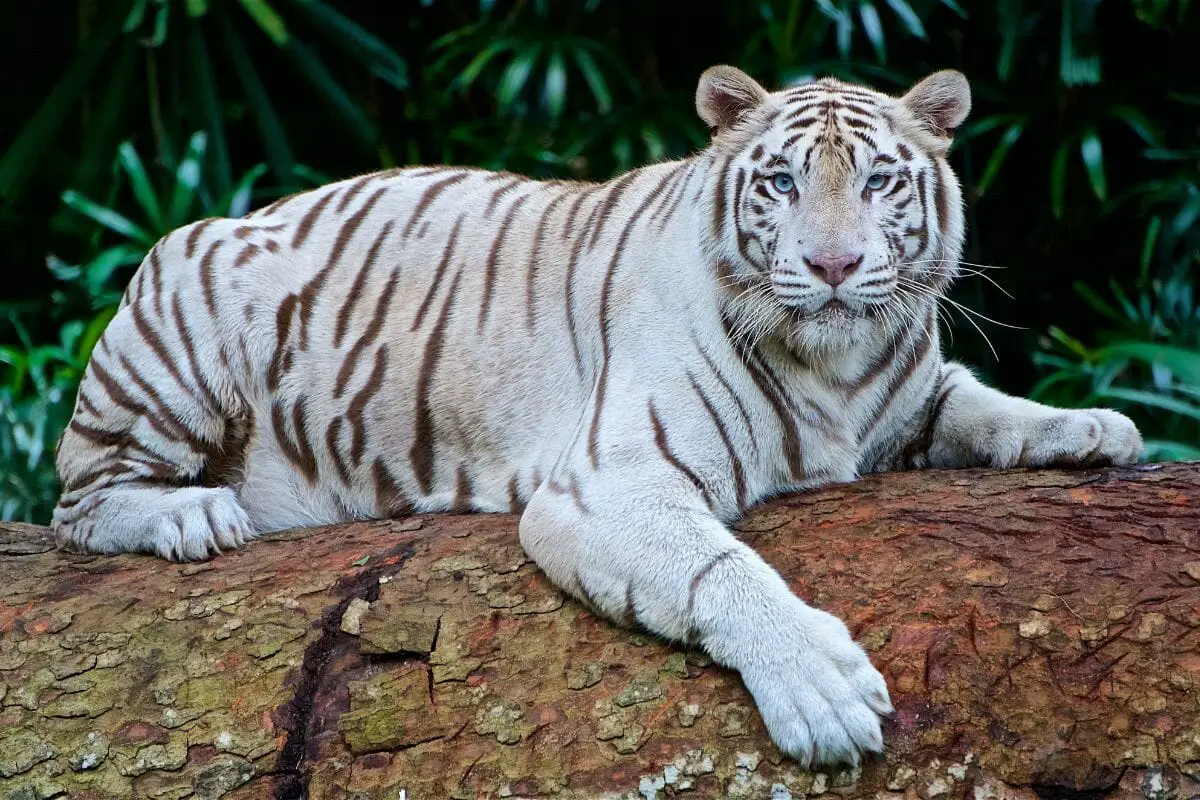
Similar to a white lion, the white tiger is an amazing beast that deserves to be on this list too. The white tiger is also not an albino tiger, but, again, due to leucism, it features a white coat.
Its lighter coat does not appear to affect its survival in the wild in any way that is obvious. However, given their white color, they certainly will attract the human eye more than a regular tiger will.
Harp Seal
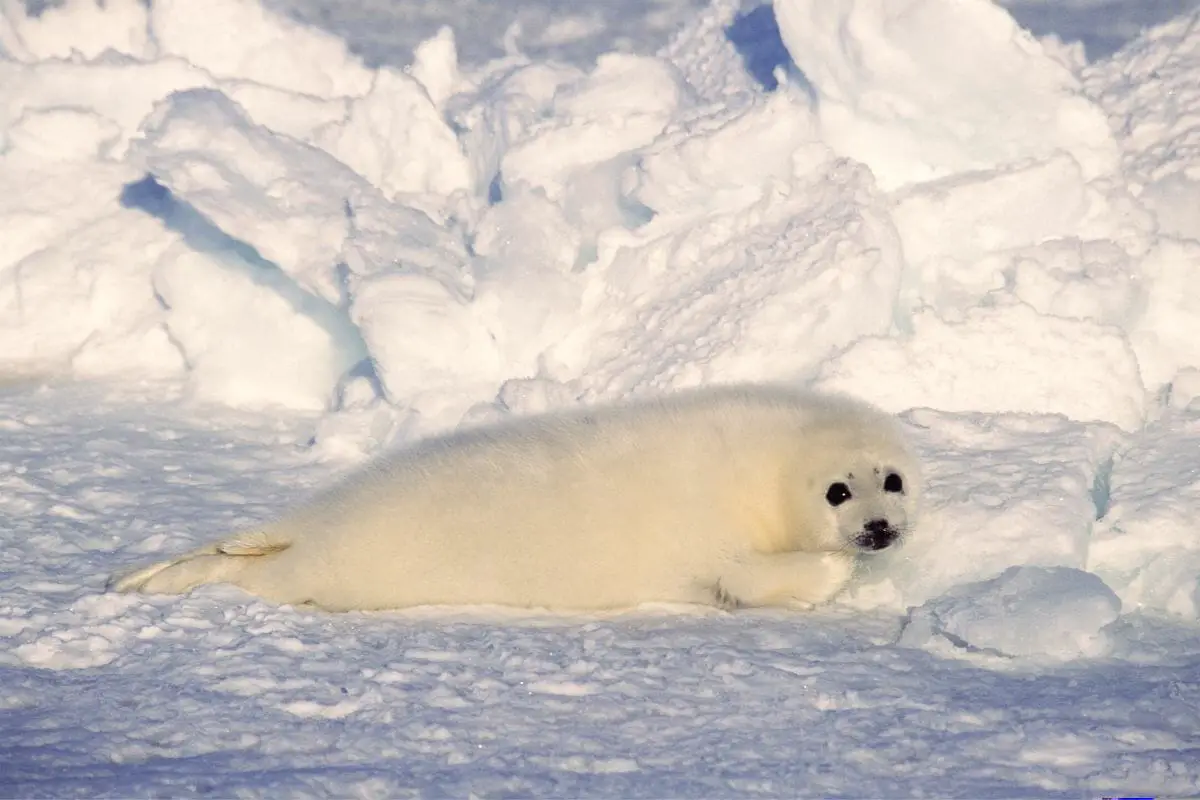
We’ve already mentioned polar bears and the way their white coats can easily deceive their prey’s eye. But what about the prey itself?
To survive the deadly teeth of the polar bear, the harp seal has also adapted to its environment and camouflages itself with a white coat.
Indigenous to the Arctic Ocean and the northern Atlantic Ocean, these seals manage to hide from the polar bears and stay alive thanks to their white color.
White Lion
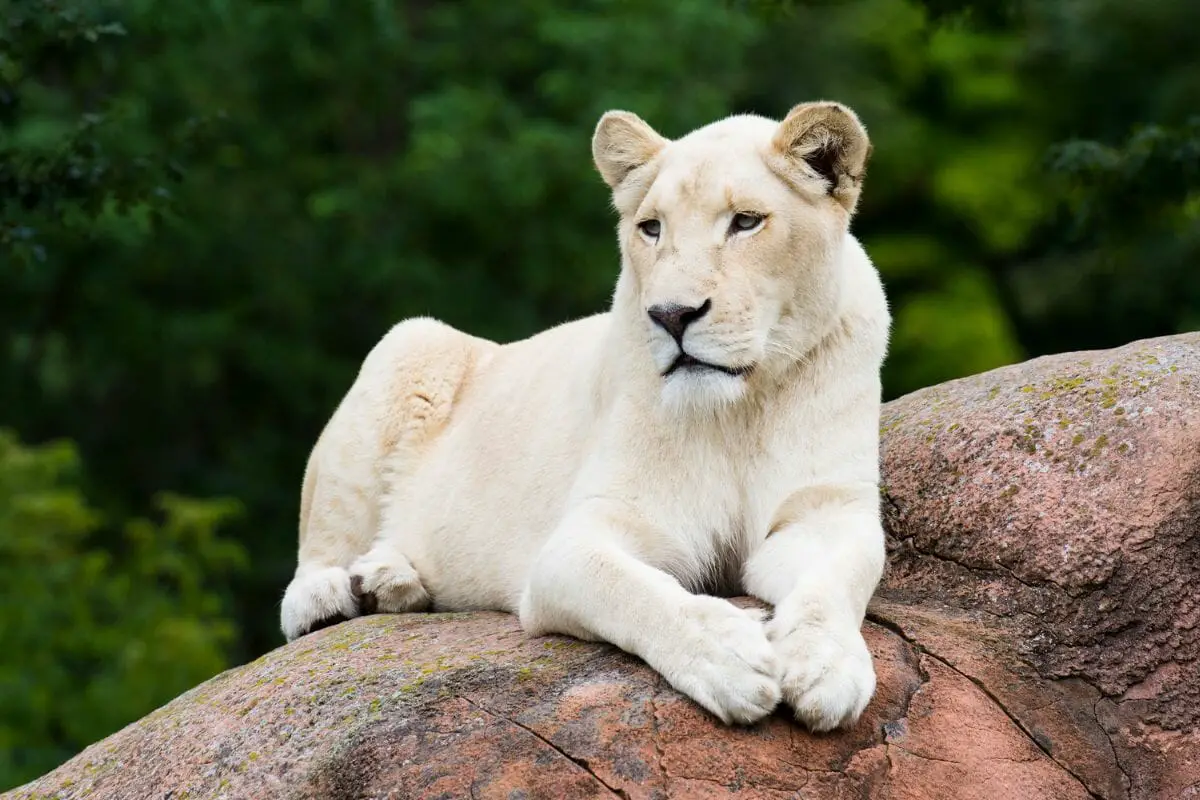
White lions aren’t the same as albino lions, or at least not entirely, there is many different types of lions. Their white skin is attributed to a recessive genetic condition known as leucism. Leucism is sometimes referred to as a milder form of albinism.
White lions have white fur, but it is not the dazzling white coat of an albino lion. In most cases, it is more of a pale white or lightly golden.
However, you can definitely tell them apart from the rather ordinary lions we are used to.
White Kangaroo

If you ever encounter white kangaroos, you’ve witnessed one of nature’s most unusual spectacles. Most kangaroos, as you may know, have brownish-gray fur.
A white kangaroo is not born white. Experts claim that their white fur is linked to leucism.
As you can imagine, white kangaroos in the wild have a shorter lifespan than white kangaroos in the zoo.
Although a white kangaroo lives among a crowd of other kangaroos, predators may quickly recognize these white creatures. Sadly, they cannot blend in with their surroundings like their brownish-gray cousins.
Arctic Fox
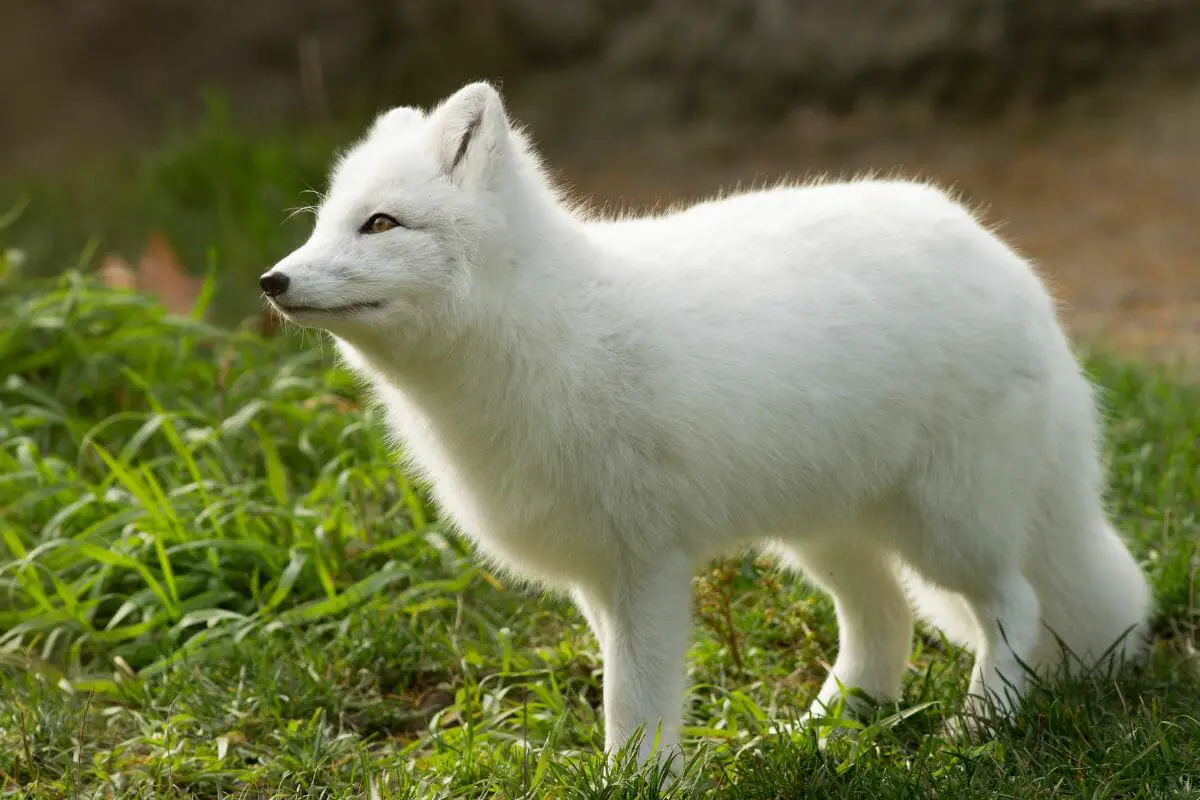
An Arctic fox changes its coat’s color according to the season; during wintertime, its coat is totally white, whereas in springtime and during the summer months it turns brown and grey.
Moreover, like most of the animals on this list, the Arctic fox uses its white color to protect itself from its predators and does the same in the spring and summer with its brownish-grey colors that work as great camouflage in nature.
FAQs
What are all white animals called?
All white animals are often referred to as leucistic or albino, depending on the cause of their whiteness. Leucism results in partial loss of pigmentation, while albinism is a complete absence of melanin.
Which animal has white fur?
Many animals have white fur, including polar bears, Arctic foxes, and white tigers. Their white fur helps them blend into snowy environments, aiding in camouflage and survival.
What animal represents white?
The dove is a common symbol of white, representing peace, purity, and innocence. In various cultures, doves are often depicted in white, embodying these symbolic meanings.
How rare is a white animal?
White animals are relatively rare due to the genetic conditions causing their coloration, such as leucism or albinism. These traits can make survival in the wild more challenging due to visibility to predators.
The Bottom Line
White animals, whether leucistic or albino, captivate our imagination with their unique and striking appearances. While animals like polar bears and Arctic foxes naturally have white fur as an adaptation to their snowy habitats, other species exhibit white coloration due to genetic conditions.
These rare traits can present survival challenges, making white animals even more fascinating. Symbolically, white animals like doves represent peace and purity across cultures.
Observing these creatures, whether in the wild or in captivity, offers a glimpse into the remarkable diversity and adaptability of wildlife, underscoring the importance of conservation efforts to protect these extraordinary beings.
- What Should I Do If A Koala Bites Me? Safety Guide - 2024-05-30
- Are Kangaroos Born Without Hind Legs? A Fascinating Journey - 2024-05-30
- Animals That Look Like Squirrels - 2024-05-30



